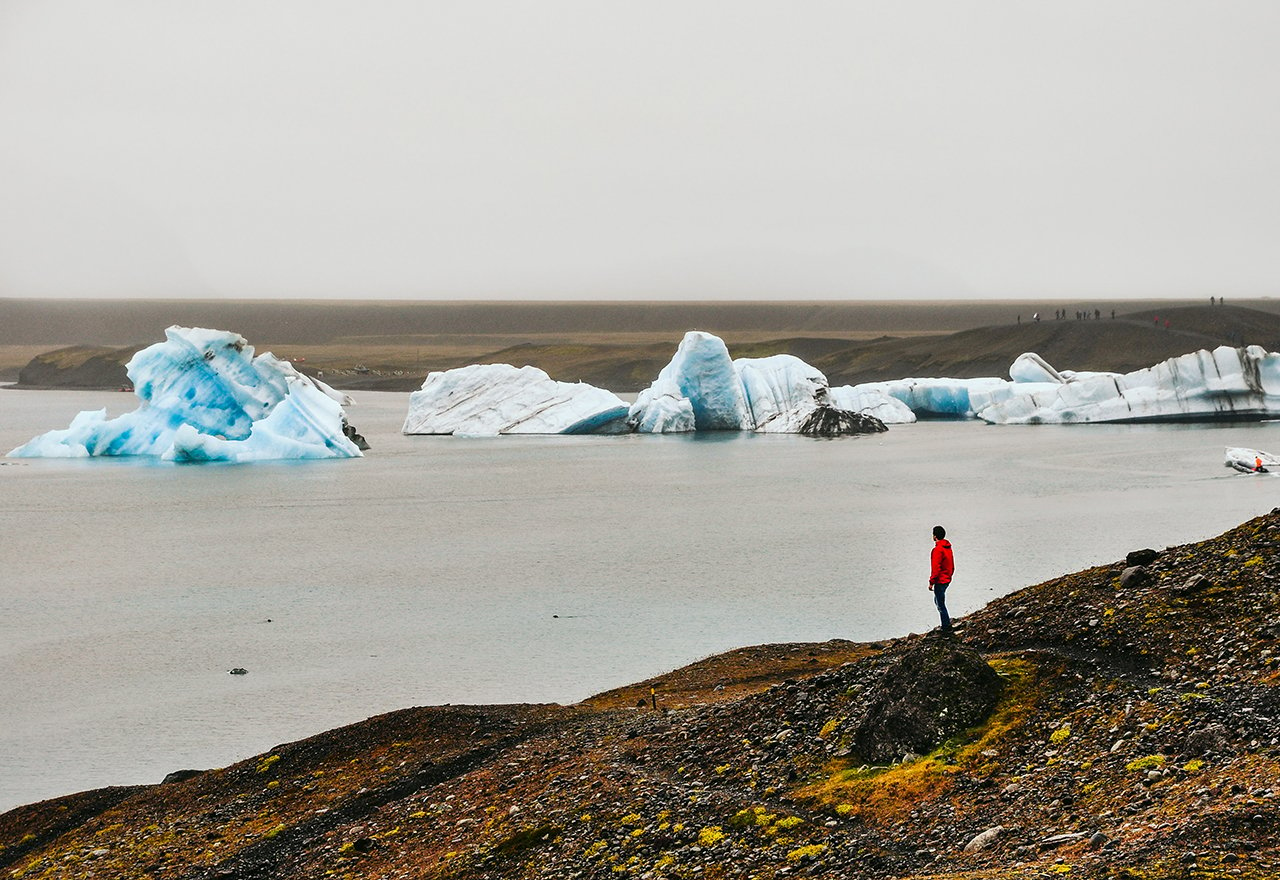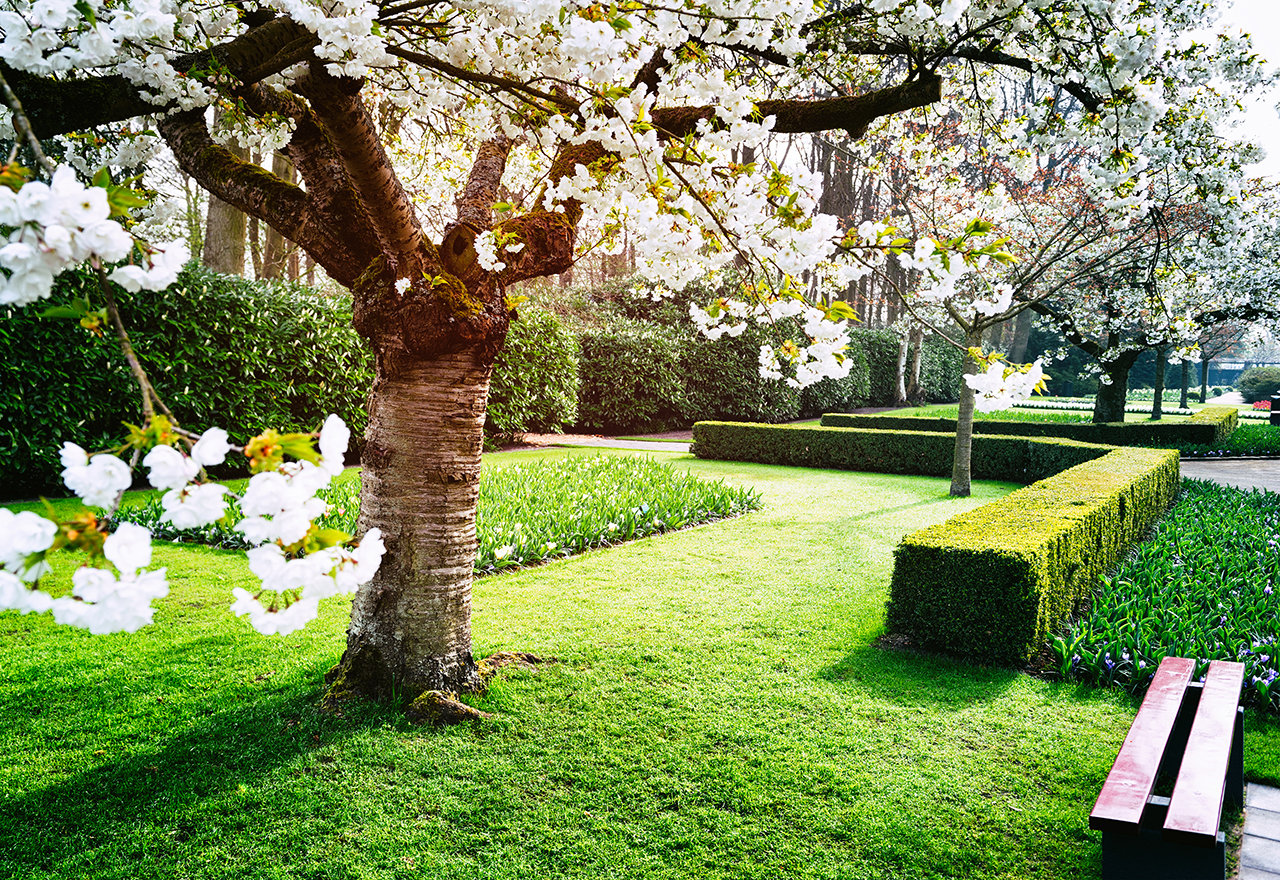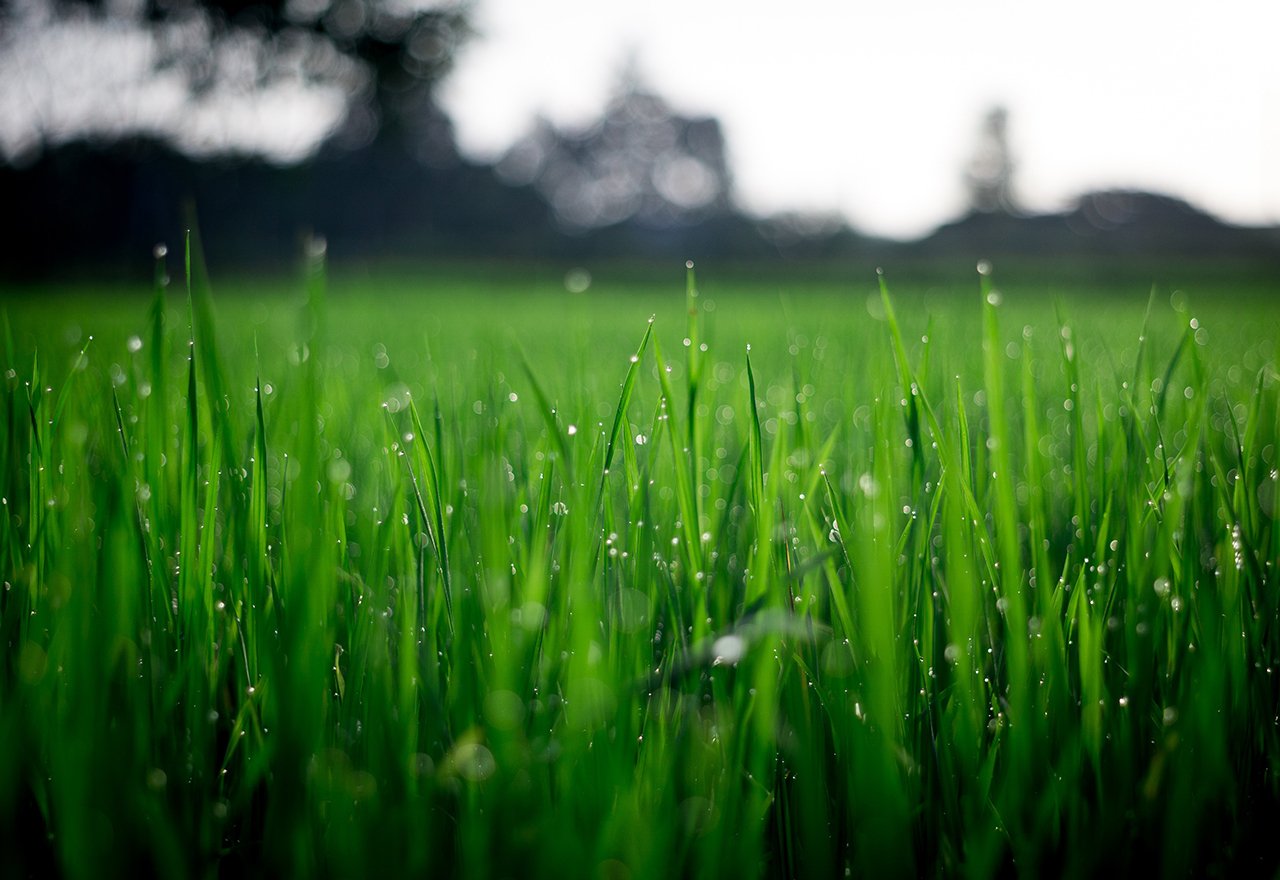How Organic Lawns Sequester Carbon
by Maureen Wise, on March 30, 2020
Climate change is an important global issue that touches all of us. In Ohio, we are seeing warmer winters and stronger storms. Throughout the world, there are melting ice caps and wildfires. NASA itself has a whole division devoted to studying climate change and explaining it to the masses. (Check out their content for some solid science and educational tools!) Authorities tell us that in order to turn this problem around, the human race needs to both reduce our greenhouse gas emissions and do something about our excess carbon dioxide in the atmosphere. And this is where your own backyard comes in. Believe it or not, organic lawns sequester carbon!

Carbon Sequestration
Carbon sequestration sounds more complicated than it is. Living things are made of carbon. Our own bodies are made up of 18% carbon. It’s one of the basic building blocks of life. Plants remove carbon dioxide from the air during photosynthesis and emit oxygen. They use the carbon to create biomass including roots, leaves, branches, flowers, and so forth. The carbon is stored in this form and is no longer held in the air: it’s sequestered. The Urban Foresty Network states that “on average, one acre of new forest can sequester about 2.5 tons of carbon annually. Young trees absorb CO2 at a rate of 13 pounds per tree each year. Trees reach their most productive stage of carbon storage at about ten years at which point they are estimated to absorb 48 pounds of CO2 per year.” Trees have long been touted as a big answer to our carbon surplus issue. Good Nature Organic Lawn Care has a Natural Tree Care Program that can help manage the trees on your property. We specialize in a myriad of services including our Tree Saving Program, Emerald Ash Borer Treatment, Intelligent Pruning and building Healthy Soil. The trees on your property can help with climate change, but so can your lawn.
Note that carbon capture is a very different animal than carbon sequestration. Carbon capture is when we purposely remove CO2, usually in its liquified form, and put it somewhere else. Typically, the carbon is removed from a single source, like a factory or power plant and then is injected deep underground, away from the surface where it would affect the Earth’s atmosphere. This method is a faster process than growing trees or turf and has very little to do with your own lawn.

How Turfgrass Stores Carbon
Like trees, grasslands also store carbon. Grass mostly stores carbon in its roots. As root cycles die, roots also feed carbon into the soil, which stores the carbon as well, nurturing the soil. However, managed grass, household lawns, parks, and sporting fields are often considered land that requires an input of carbon rather than being a carbon sink. Forested land does not need such maintenance. Industrial lawnmowers, synthetic fertilizers, pesticides, and daily watering certainly do input a great deal into managed turf. These inputs are the so-called “carbon cost” of these spaces. However, research has shown that turfgrass also stores carbon and can also be a carbon sink like forested land under certain conditions that are kind to the soil and have low carbon inputs. Researchers from The Ohio State University have estimated that some lawns can sequester between 46.0 to 127.1 grams of carbon per square meter per year. This is a rather broad range, but the range speaks to the level of carbon input by lawn manager or owner as well as the health of the soil. Healthy soil contains a wealth of microorganisms that hang out with plant roots and help keep carbon in the soil. Such healthy soil is also better at absorbing water during storms and reducing runoff that can pollute waterways. The overapplication of some synthetic fertilizers and pesticides can kill off these friendly microbes.

Your Organic Lawn’s Contribution
Your own home lawn can be part of the climate change solution. Organically treated and low carbon input lawns can be just as green and pretty as high carbon input lawns.
We always encourage customers to cut their grass high to promote deep roots. We like grass to be 3.5 to 4.5 inches tall, so lift your mower blade up this Spring and Summer. Those deeper roots are the carbon sink we want to encourage!
Additionally, water deeply, but only weekly - if at all. Water is not a direct carbon input but water extraction and movement cost energy which costs CO2. Grass that is watered daily has very shallow roots.
We also want to encourage you to use as few pesticides as possible and only Earth-friendly fertilizers. Organic lawns sequester carbon. Lawns treated with synthetic fertilizers sequester less due to their carbon cost and their depleted soil. Our Organic Lawn Care Program feeds your soil with beneficial microorganisms that fix carbon themselves while nurturing your grass, making it healthier. As you know, healthier grass stores more carbon. These treatments help create that living soil that sequesters carbon itself as well.
Will you get on board with Organic Lawn Care treatments to store carbon and help reduce climate change? Let us know on social media!












